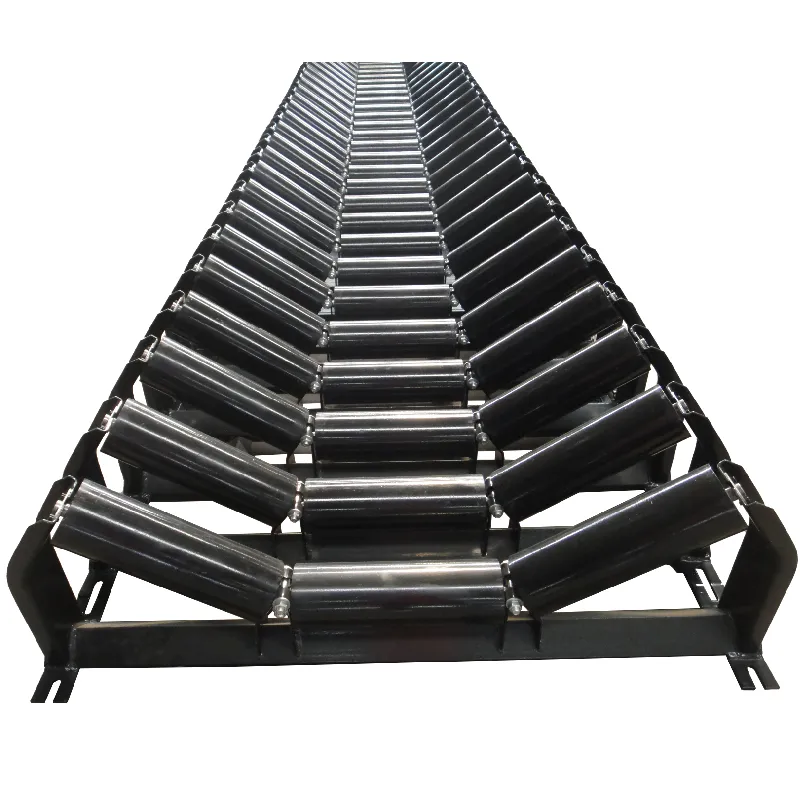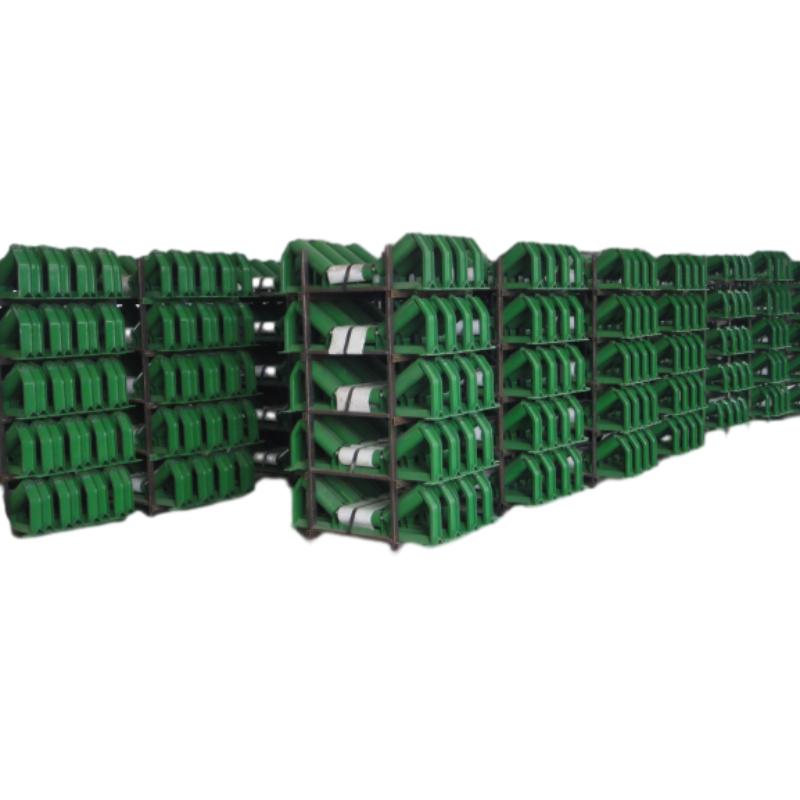Conveyor Idler Rollers – Durable, Low-Noise, Long-Life
Belt Conveyor Idler: Field Notes, Specs, and What Buyers Really Ask
If you move bulk material for a living, you already know the quiet heroes are the conveyor idler rollers. They support the belt, carry the load, and—if they’re engineered right—vanish into the background for years. I’ve visited lines from quarries to grain terminals, and, to be honest, good idlers are the difference between a humming plant and a maintenance calendar full of red marks.

What’s changing in the idler market
Three trends I keep seeing: lower rolling resistance bearings, better labyrinth sealing (IP66/67 aspirations in dusty plants), and a nudge toward polymer shells in corrosive or wet environments. Many customers say they’ll pay a bit more up front if it buys quieter operation and longer service intervals. Actually, the math usually works.
From steel to seal: materials and build
Typical shells are Q235/Q345 carbon steel or HDPE/UHMW-PE for special duty. Shafts are medium-carbon steel with precision machining. Welds are MIG/CO2, ends are press-fitted and fully sealed. Bearings? Deep-groove 6204–6208, 2RS, factory-lubed. Dynamic balancing is done to ≈G16 (sometimes G6.3 for higher speeds) per ISO 21940, which cuts vibration and crosstalk with belt tracking. Dimensions align with ISO 1537 and EN 1313 families where specified.

Representative product specs (Belt Conveyor Idler)
| Parameter | Typical Range (≈ / real-world use may vary) |
|---|---|
| Roller diameter | 89–194 mm (custom up to 219 mm) |
| Shell thickness | 2.5–6.0 mm |
| Length (face) | 220–1600 mm |
| Runout (TIR) | ≤0.3 mm typical (CEMA 502 test method) |
| Sealing | Multi-labyrinth + 2RS; water/dust to IP66 targets |
| Noise at 600 rpm | ≤60 dB(A) typical |
| Service life | L10h 30,000–60,000 h (bearing calculation, ISO methods) |
Use cases: mining and aggregates (impact/troughing), cement (return/cleaner), ports (marine corrosion), recycling (self-aligning), agriculture (grain-friendly coatings). Origin for the unit showcased here is East Outer Ring Road, Yanshan County, Cangzhou City, Hebei, China—an area with a long machining tradition, which, frankly, shows in the concentricity numbers.
Process flow and testing
Material prep → CNC machining → shell forming → CO2 welding → static/dynamic balance (ISO 21940) → bearing press-fit → labyrinth seal install → grease fill → powder coat or galvanize → final QA. Tests include TIR/concentricity, axial load spin, noise, sealing (IEC 60529 reference), and abrasion checks on polymer shells (ASTM G65). Dimensional checks against ISO 1537/EN 1313. CEMA 502 methods guide idler performance tests.
Customization (what buyers usually tweak)
Diameters for speed/load, shell thickness for impact zones, 3-roll vs 5-roll troughing frames, rubber disc impact returns, ceramic or polyurethane coatings, hot-dip galvanizing, winter grease for -30 °C, and food-grade options. Many plants request energy-saving bearings on conveyor idler rollers before tackling bigger power retrofits.

Vendor snapshot (indicative)
| Vendor | Strengths | Considerations |
|---|---|---|
| RaoHua (Belt Conveyor Idler) | Tight runout; flexible spec; competitive lead times; ISO 9001 | Best value at B–E class loads; confirm coatings for marine duty |
| Global Brand X | Premium bearings; broad dealer network | Higher unit cost; MOQs may apply |
| Regional Maker Y | Quick local support; simple spares | Specs vary; request test reports up front |
Field notes and results
A limestone quarry retrofit swapped older return rollers for low-resistance conveyor idler rollers; power draw on the same belt dropped around 8–12% (operator data). In a coastal terminal, switching to HDG frames + triple-labyrinth seals pushed the cleaning interval from biweekly to monthly—small thing, big morale boost for the night shift.
Compliance and paperwork
Look for ISO 9001 QMS, material traceability (SGS reports are common), and test sheets referencing CEMA 502, ISO 1537 dimensions, ISO 21940 balance grade, and ingress checks per IEC 60529. For abrasion-resistant polymers, ASTM G65 numbers are a useful sanity check.
References: [1] ISO 1537 (idler dimensions), [2] CEMA 502 (idler testing), [3] ISO 21940 (balancing), [4] IEC 60529 (IP rating), [5] ASTM G65 (abrasion).
-
Impact Roller for Belt Conveyor – Durable Solutions for IndustryNewsNov.24,2025
-
Rubber Conveyor Rollers – Quiet, Durable, Sealed BearingsNewsNov.24,2025
-
Industrial Conveyor Belt Rollers: Durable Solutions for Harsh EnvironmentsNewsNov.24,2025
-
Idler Rollers for Belt Conveyors | Durable, Low-Noise OEMNewsNov.24,2025
-
Durable Rubber Conveyor Belt Rollers for Industrial UseNewsNov.24,2025
-
Ceramic Lagging Conveyor Pulley – Anti-Slip, Wear-ResistantNewsNov.17,2025






























